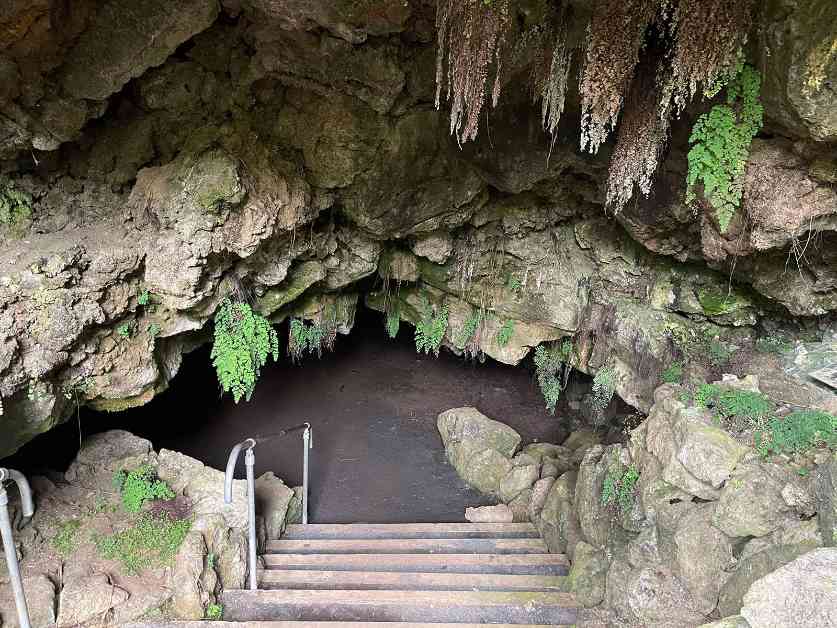In a quiet suburb of Auckland, New Zealand, Sean and Annie Jacob own a property that hides a secret underground world. Behind their home lies a 350-foot-long volcanic cave, formed by lava flow thousands of years ago. This cave is just one of over 250 documented caves beneath Auckland, remnants of the city’s volcanic past. These caves hold significant cultural value for the indigenous M?ori people, who view them as part of their ancestral heritage.
As Auckland continues to grow, many of these underground caves are at risk of destruction due to construction activities. In the past, several caves have been filled with cement or destroyed by miners. To address this issue, a new initiative supported by the project DEVORA aims to create a comprehensive database of Auckland’s volcanic tunnels to protect them from being lost forever.
Studying these volcanic caves not only provides insights into the region’s geological history but also helps predict potential volcanic activity in the future. While Auckland’s volcanoes are currently dormant, the presence of molten rock underground poses a potential risk. By mapping and understanding the lava flow patterns in the caves, geologists can better anticipate where future eruptions may occur.
Despite growing awareness of the importance of protecting these caves, challenges remain in accurately mapping them from the surface. However, efforts are underway to use technology like machine learning to predict cave locations based on existing data. This innovative approach could help identify undiscovered caves and guide conservation efforts in the future.
The history of Auckland’s volcanic caves dates back centuries, with some caves serving as burial sites for M?ori ancestors. Over time, these caves have been looted for their treasures, and many have been used as dumping grounds for trash. Efforts are now being made to preserve and respect these caves, with a focus on educating the public about their significance.
As Auckland Council works with developers to protect the caves during construction projects, the balance between preservation and development is carefully maintained. By reporting any encounters with lava tubes and developing solutions to preserve them, construction crews can help safeguard these natural and cultural treasures for future generations.
In conclusion, Auckland’s hidden volcanic caves offer a glimpse into the city’s geological past and cultural heritage. As efforts continue to protect and preserve these underground wonders, a delicate balance must be maintained to ensure that they remain intact amidst the city’s growth and development. Through collaboration between various stakeholders and innovative approaches to conservation, Auckland’s underground world can be safeguarded for the enjoyment and education of future generations.

